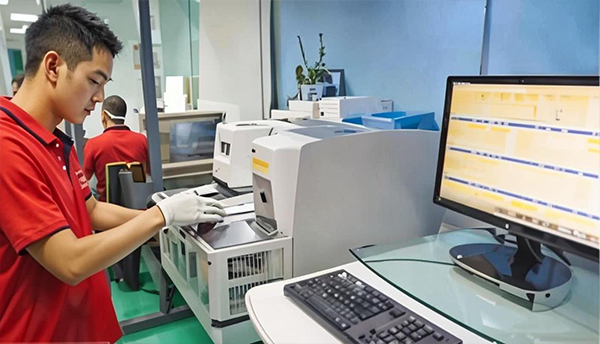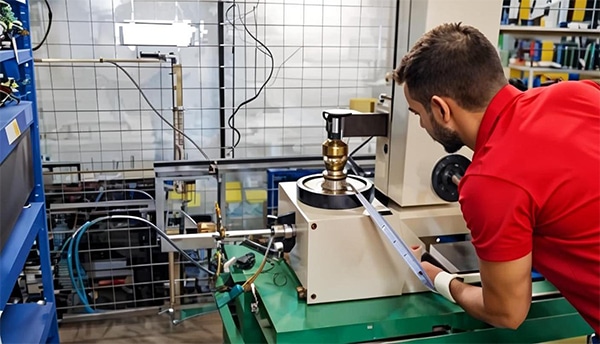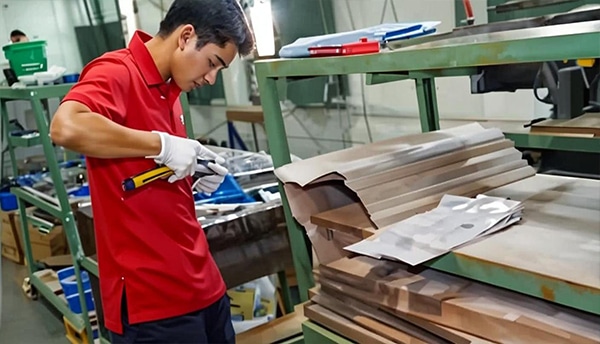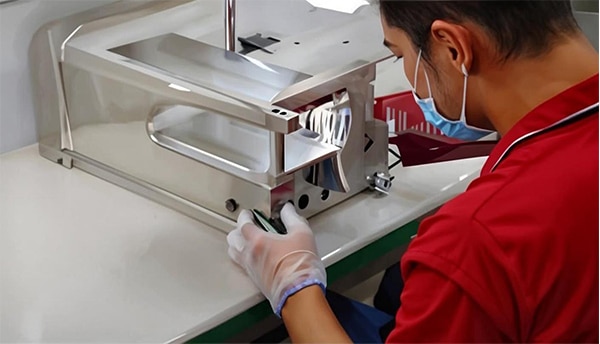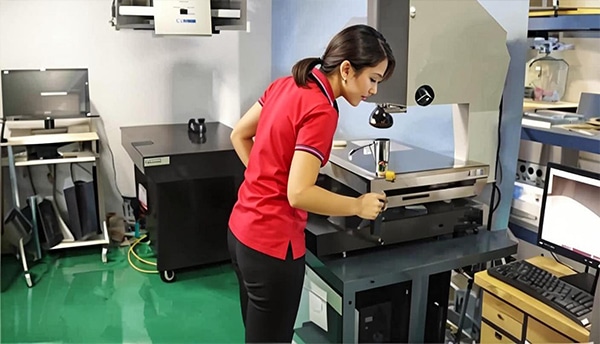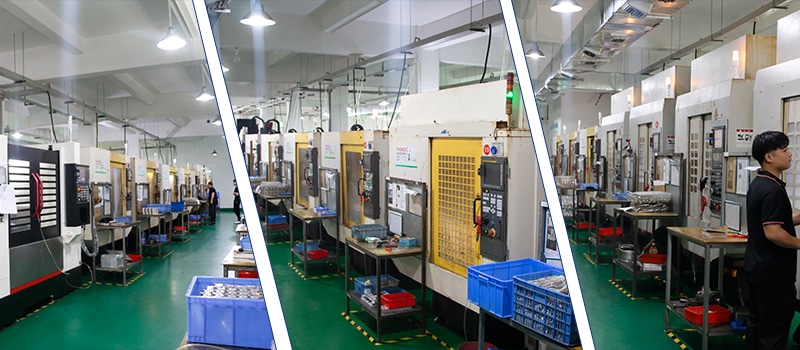Description
Introduction to DIY Aluminum Parts for Off-Road Motorcycles
In recent years, customizing off-road motorcycles has emerged as a popular trend among enthusiasts seeking to enhance both performance and aesthetics. One of the key materials in this realm is aluminum, known for its versatility and durability. Aluminum is favored in off-road motorcycle applications due to its lightweight properties that do not compromise structural integrity. This superior strength-to-weight ratio allows riders to experience improved handling and acceleration on challenging terrains. Moreover, the corrosion resistance of aluminum makes it an ideal choice for off-road conditions, ensuring longevity and reliability.
The trend towards DIY projects has gained traction within the motorcycle community. By opting for homemade aluminum parts, riders can tailor their machines to meet specific performance and aesthetic needs. DIY aluminum parts not only offer an economical way to enhance motorcycles but also provide a satisfying creative outlet. The ability to fabricate components such as custom brackets, guards, and bodywork opens doors to personal expression, showcasing individuality in a sea of standard factory designs.
Additionally, the use of CNC machining technology has significantly streamlined the process of producing aluminum components. This advanced technique allows for precise cuts and shapes, ensuring that each part fits perfectly and functions as intended. As a result, riders can achieve high-quality results that rival professionally manufactured parts. The integration of CNC machining in the DIY process makes it more accessible than ever for enthusiasts to create custom components tailored to their specific needs.
Ultimately, embracing the option of DIY aluminum parts not only enhances the performance capabilities of off-road motorcycles but also aligns with the growing desire for personalized, unique machines. The combination of durability, lightweight advantages, and customization possibilities positions aluminum as an optimal choice for riders looking to elevate their off-road experiences.
Understanding CNC Machining: A Key Process in Customization
CNC machining, or Computer Numerical Control machining, is a manufacturing process that utilizes computerized controls to create intricate parts and products from various materials, including metals, plastics, and composites. This technology has transformed traditional manufacturing methods by increasing precision, reducing waste, and improving production efficiency. By utilizing CNC machining for customized off-road motorcycle parts, enthusiasts and manufacturers can achieve a level of detail and quality that is unmatched by manual machining techniques.
CNC machines operate through a series of programmed commands that direct the machine to cut, shape, and finish parts to exact specifications. With the ability to repeat complex operations with high accuracy, CNC machining minimizes human error, resulting in consistently high-quality components. The automation aspect of CNC technology allows for quicker turnaround times on production runs, making it particularly advantageous for producing custom parts that may be required in limited quantities or for specialized applications.
When it comes to off-road motorcycles, CNC machining is especially beneficial for creating various components such as brackets, frames, and custom footpegs. These parts often require a precise fit and strong structural integrity due to the demands of off-road riding conditions. For instance, customized aluminum parts produced via CNC machining can significantly enhance the performance and aesthetics of an off-road motorcycle. Aluminum is lightweight yet robust, making it an ideal choice for parts that contribute to both performance and agility.
Moreover, CNC machining allows for the implementation of advanced designs that may include unique geometries and custom features tailored to the rider’s preferences. This capability enables motorcycle enthusiasts to personalize their vehicles significantly, facilitating improved ergonomics, enhanced functionality, and visual appeal. Consequently, understanding CNC machining and its application in customizing off-road motorcycles is critical for those looking to elevate their riding experience through precise and personalized modifications.
Tools and Materials Needed for DIY CNC Machining Projects
Embarking on a DIY CNC machining project tailored for custom aluminum parts requires a well-defined toolkit and an understanding of suitable materials. First and foremost, the cornerstone of any CNC machining endeavor is a quality CNC machine. There are various types available, including desktop CNC mills and larger industrial models, each offering unique features aligned with different project scales. For aluminum machining specifically, a CNC mill with sufficient rigidity and torque is essential, as aluminum can be machined efficiently when using the correct setup.
In addition to the CNC machine, specialized software is vital for creating precise designs and controlling the machining process. CAD (Computer-Aided Design) software is used for designing parts, while CAM (Computer-Aided Manufacturing) software converts these designs into machine instructions. Popular software options include Fusion 360 and SolidWorks, which allow for detailed modeling and facilitate a smoother workflow from design to production.
Safety should never be overlooked. Personal protective equipment (PPE) is essential when working with CNC machines. Recommended gear includes safety goggles to protect the eyes from flying debris, ear protection to guard against noise, and gloves to ensure hand safety while handling raw materials. Furthermore, a proper workstation setup with ventilation systems helps mitigate any hazards associated with aluminum dust and fumes.
When selecting aluminum materials for your projects, options like 6061 and 7075 aluminum alloys are highly regarded in the off-road motorcycle community. These alloys are known for their strength, durability, and excellent corrosion resistance, making them ideal for customizing parts that must endure rigorous conditions. Sourcing these materials can be achieved through local suppliers or online retailers specializing in metal products, ensuring that DIY enthusiasts have access to high-quality resources. With the right tools and materials in hand, the journey of creating customized aluminum components can begin confidently.
Step-by-Step Guide to Designing and Machining Custom Parts
Designing and machining custom aluminum parts for your off-road motorcycle using CNC technology involves a series of methodical steps. The process begins with drafting your initial design using CAD (Computer-Aided Design) software. This software enables you to create precise 2D or 3D models of your parts, allowing you to visualize the final product. While designing, it is essential to consider factors such as dimensions, weight distribution, and how each part will interact with others on your motorcycle.
Once you have finalized your design, the next step is to prepare your CAD file for machining. This involves exporting the design into a compatible format, such as DXF or STL. Select a CNC machining service or prepare your CNC machine if you have access to one. Before starting the machining process, ensure that you have selected the appropriate aluminum alloy for your parts, as different alloys offer different benefits in durability and weight.
Setting up the CNC machine requires careful preparation. Begin by securely mounting the aluminum stock to the machine bed. Align the machine’s tools according to the specifications of your design file, and input the necessary parameters such as feed rate and spindle speed. Once everything is in place, you can start the machining process. Be attentive during this stage, as issues like tool wear or incorrect feed rates can lead to subpar results.
After machining, you may need to employ various finishing techniques to achieve a smooth surface on your parts. Techniques such as sanding, polishing, or anodizing can enhance durability and appearance. Remember to regularly inspect your parts for accuracy and fit, as well as troubleshoot any common issues such as misalignments or machining errors. With these steps, you can effectively create custom aluminum parts that meet your specifications and elevate your off-road motorcycle experience.
Showcasing Successful Customization Projects and Their Impact
The world of off-road motorcycling is rich with stories of enthusiasts who have taken the initiative to customize their bikes using CNC-machined aluminum parts. These successful DIY projects not only highlight the capabilities of modern machining technologies but also the personal touch that customization affords. One noteworthy example involves a rider who transformed a standard off-road bike into a high-performance machine optimized for rugged terrains. By utilizing aluminum parts that were precisely CNC machined, this enthusiast enhanced the bike’s overall weight and strength, resulting in significantly improved handling and agility during rides.
Another remarkable project features a group of motorcycle enthusiasts on a mission to increase the aesthetic appeal of their bikes. They incorporated custom-fabricated aluminum fenders and guards, which not only upgraded the look of their machines but also improved durability against the rough conditions of off-road riding. Feedback from these riders has noted a boost in confidence when navigating challenging trails, remarking that the visual upgrades enhanced their connection to the bike, making each ride more enjoyable.
Testimonials from these individuals frequently emphasize the sense of community found within the DIY customization world. Many have noted that sharing their projects online has inspired others to embark on similar adventures, encouraging a spirit of innovation and creativity. The stories shared in forums and social media showcase practical techniques of CNC machining, revealing that with the right tools and guidance, anyone can achieve remarkable results. This collaboration not only fosters the transfer of knowledge but also strengthens ties among motorcycle enthusiasts.
In conclusion, the customization of off-road motorcycles using CNC-machined aluminum parts has been a game-changer for many riders. Through their projects, enthusiasts have experienced substantial performance enhancements and personalized aesthetics while uniting to inspire a growing community passionate about DIY improvements. Readers seeking to enhance their motorcycles can draw insights and motivation from these successful stories, making their own unique marks on the off-road landscape.




